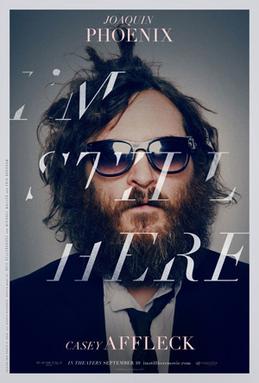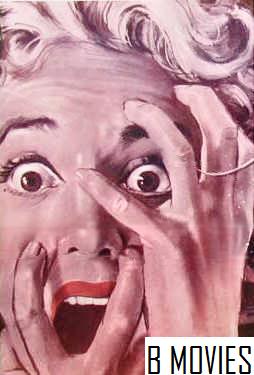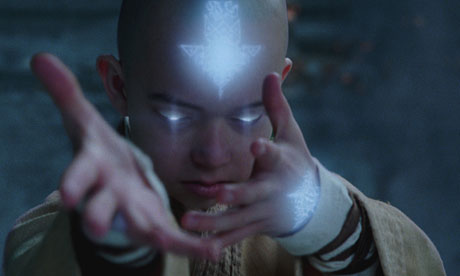
At the end of 2008 Joaquin Phoenix (Walk The Line, Gladiator) announced his retirement from acting, deciding instead to focus on a career in music, specially as a rapper. Phoenix’s dishevelled appearance and unusual candour started rumours circulating that the two-time Academy Award nominee was on the verge of a nervous breakdown. However the presence of his brother-in-law, Casey Affleck, with a camera in tow suggested a more planned and cynical truth. Making his directorial debut Affleck (The Killer Inside Me) spent a year following Phoenix on his new career path. But is the end result- I’m Still Here, a documentary, a mockumentary or something in-between the two?
Prostitutes, drugs, excrement, bad hip-hop music and ego all combine in this portrait of an artist. Phoenix’s exploits; his attempts to get Sean Combs to produce his album, his relationships with his PAs/friends and his half-arsed publicity for his last film- Two Lovers- crescendos to a point where it is all pretty hilarious. For the majority of its 108 mins running time I’m Still Here is a cringingly funny film, until suddenly it isn’t. As the deluded star’s life turns into complete car-wreck viewing- “I’m going to be a joke forever” he cries after the infamous David Letterman interview, all at once it becomes unbearably tragic.

As a viewer logic tells you that I’m Still Here is an orchestrated piece of performance art. Phoenix, Affleck and their friends have got together and planned an elaborate hoax, designed to poke fun at the industry they work in and the media hype that encircles it. If this isn’t the case, Affleck would have to be one of the biggest bastards in the world- encouraging his brother-in-law on an increasingly unstable downwards spirally path, in order to make an interesting film. But yet still there is a certain reality to the make-believe, this isn’t simply a satire about modern fame. (Click here to read Affleck’s interview with NYTimes)
Whether you call it method acting or performance art, the actor blurred the lines between fact and fiction- and the ramifications of this and the questions raised make the film all the more intriguing and unsettling. Was freedom what the actor was looking for by perpetuating this giant hoax? The Phoenix of the documentary is a chain-smoking, self-obsessed, moody character with a complete lack of personal hygiene- not the most likeable persona to create for yourself, but this is the role the actor had to live for 12 months. Is that a choice someone who was happy with their life would make?
This film encourages the audience to be voyeurs, giving us (the appearance) of unedited access. Yet ultimately the film disparages the intrusion, highlighting our need for car-crash celebrities like Britney and Lindsay. In a mass media world of celebrity, we build them up to knock them down, and the joyous titillation of Phoenix’s fall from grace as it played out in the media is as grotesque as the parody he becomes.
I’m Still Here seems to be polarising audiences, love it or hate it- it would be hard to be indifferent. While some of the symbolism is rubbed in your face, Affleck’s skills behind the camera, specifically his sense of timing and storytelling are shown off in this film. As much as this film tries to make you feel repulsed, it is impossible to ignore the genius of the process. Funny, depressing, shocking-this is a film that will leave you questioning for days, not about the film’s content, but its method.
Images 1,2
First published on Trespass

















